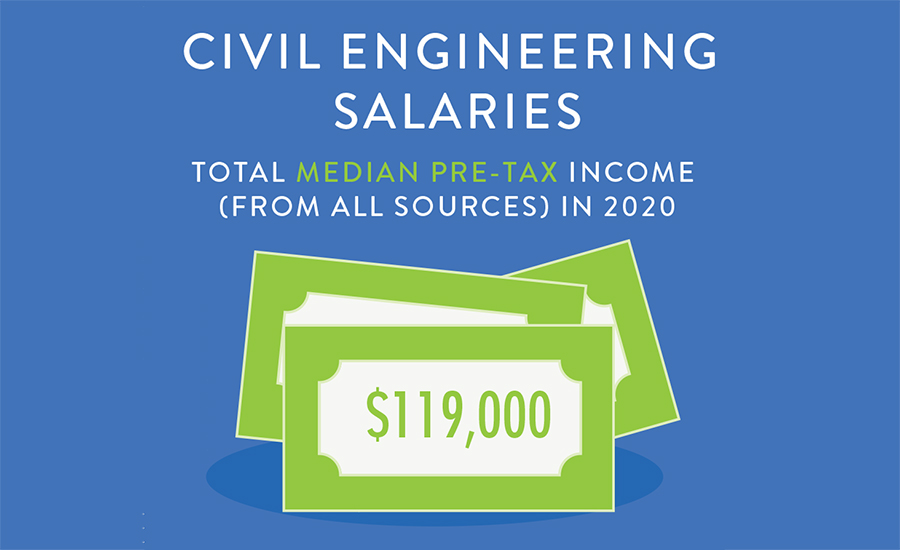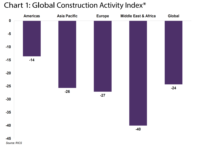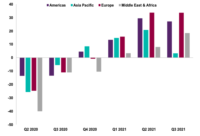Civil engineering salaries are on the rise, but gaps by gender and ethnicity persist, according to the 2021 American Society of Civil Engineers (ASCE) Civil Engineering Salary Report of members.
Released on Oct. 15, the report found that civil engineers' median salary in 2020 was $119,000, up $10,000 from the figure reported in 2018. Base salaries rose 4% to 6% from 2018 to 2021. [View ASCE release here.]
The survey included 3,156 ASCE member respondents, 81.5% of whom are male, and 81.3% white. Hispanic respondents accounted for 5.7% of the total, along with 1.6% Black respondents and 6.7% Asian or Pacific Islander. These demographics generally align with the demographics of the profession, according to ASCE.
For public-sector civil engineers, the wage gap has been largely closed, says Maria Lehman, GHD director of infrastructure in the U.S. and ASCE president-elect. But on the private-sector side, salary gaps remain.
“From my perspective, it’s not just about the salary disparity,” says Lehman. “It’s about access to leadership positions, and the access to board appointments, where you can fundamentally make positive moves for the long term.”
Male survey respondents earned a median income of $120,000, and the median for women respondents was $94,000. The survey noted that the salary gap between male and female engineers narrowed as years of experience increased.
Hispanic respondents reported a median income of $101,000. Asian engineers' median was $97,000 and the median income for Black engineers was $94,000. White survey respondents, however, earned a median income of $116,000.
In recent years, says Lehman, “I’ve been at several companies that have done disparity studies, and [the male-female salary gap] has been more than 15%."
As boomers retire, she notes, the industry will have to attract younger people to fill civil engineer positions. "This profession is not going to be taken over by computers any time soon," she says. "The industry has to take this head-on.”





Post a comment to this article
Report Abusive Comment